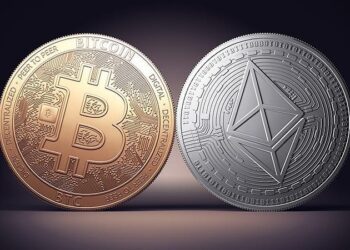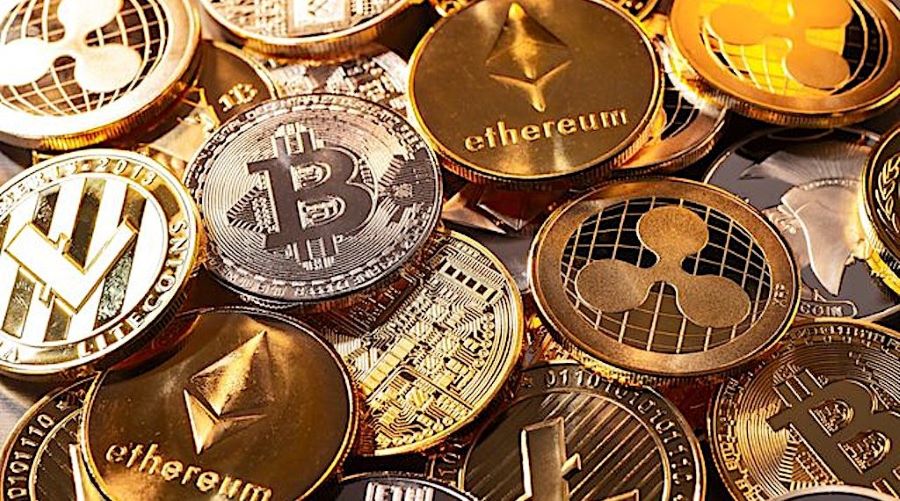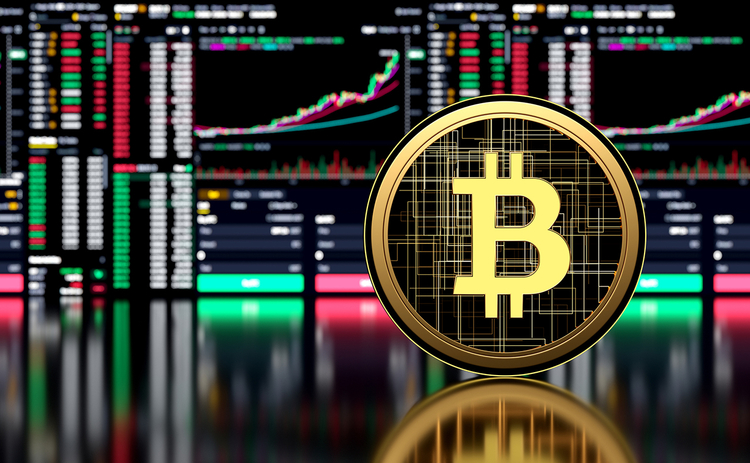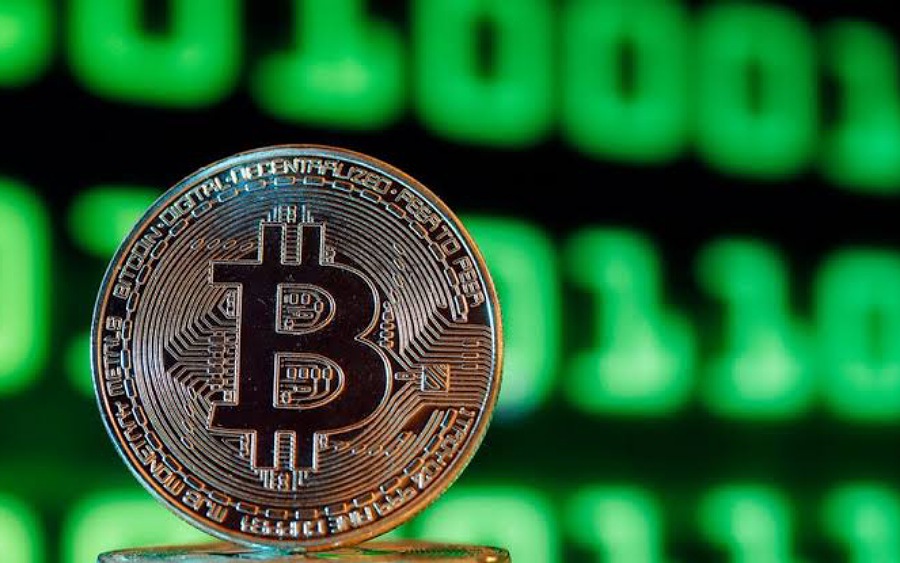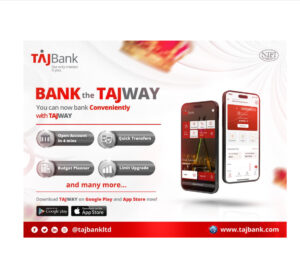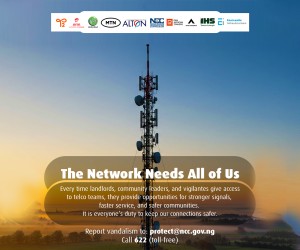Article Summary
- The XRP Ledger (XRPL) experienced increased network activity in Q1 2023, with daily active addresses and daily transactions rising by 13.9% and 10.7% respectively.
- The growth in total active addresses was primarily driven by receiving addresses, while sending addresses decreased. Account deletion was allowed on XRPL, contributing to the overall increase in total addresses despite 141,000 accounts being deleted.
- OfferCreate transactions, which submit orders to exchange crypto assets, were the main driver of increased total daily transactions. Payment and OfferCancel transactions also increased, while TrustSet transactions decreased. The “Other” category saw a significant increase due to the usage of new transaction types, including NFT transactions.
The XRP Ledger (XRPL) saw an improvement in its network activity in the first three months of 2023.
Overall network activity metrics increased, with the totals for daily active addresses and daily transactions increasing by 13.9% and 10.7%, respectively.
Total daily transactions is a metric made up of 29 different transaction types, such as payments, escrow creations, NFT burns, and account deletion.
Total active addresses increased largely due to receiving addressing growing by 17.1% from 47,000 to 55,000. Sending addresses decreased by 7.2% QoQ, further separating the metric from receiving addresses.
Total addresses continued to increase in Q1 despite 141,000 accounts being deleted. Unlike many other networks, the XRPL allows accounts to be deleted to reclaim the deposit of XRP escrowed during account creation. Because of this escrow, there’s an incentive to delete accounts and the total address metric has more significance.
Q1 performance review
Addresses on the XRPL can contain destination tags, which enable a single address to receive and track XRP deposits for an arbitrary number of users. As a result, the number of daily active addresses (DAA) is skewed downward, given that one account (e.g., a centralized exchange) could be responsible for a large number of users.
It should be noted that a unique address is required for receiving tokens on most other networks, like native ETH or BTC.
One year ago in Q1 2022, receiving and sending addresses were nearly equal, and they have diverged since. This inequality is largely attributed to centralized exchanges and custodians making use of destination tags. Centralized exchanges and custodians mostly use the Payment transaction type for deposits and withdrawals, which has consistently had more receiving addresses than sending addresses.
In addition, users typically prefer creating wallets on centralized solutions for easy access to the initial XRP required to create a self-custody wallet. Following that initial acquisition, many users withdraw to their self-custody wallets, resulting in fewer senders distributing to many receivers.
The DAA (received) is determined by the number of addresses that receive a transfer or other transaction, which has been the primary factor behind major activity spikes. In contrast, the number of addresses that sent transactions remained relatively stable.
This indicates that the network’s activity surges were generally caused by senders distributing tokens to large groups of previously inactive recipients. The senders were likely exchanges and custody solutions, as they generate many active receiving addresses while only being counted as a single (or few) active sender addresses.
On March 19, 2023, nearly 900,000 addresses received a transaction, which was 20-30x the daily average in Q1. The spike can likely be attributed to users exiting centralized exchanges and custodians in anticipation of news on Ripple’s SEC case.
OfferCreate, a transaction type that submits an order to exchange crypto assets, was the main driver of increased total daily transactions in Q1. OfferCreate was already the most common transaction type in 2022 and grew by another 15.6% in Q1. This transaction type only creates a bid on the order book and does not facilitate an exchange.
OfferCreate initiates a DEX limit order, and Offer objects represent bids/asks on the order book. Offers are consumed to process transactions such as Payments and OfferCancels (triggered manually or by expirations). If an Offer is only partially consumed by a transaction, new Offers are created with the remainder of the original, similar to a UTXO.
Payment and OfferCancel transactions also increased QoQ, but TrustSet, the next largest transaction type, decreased by 11.7%. Trust Lines are structures for holding tokens that protect accounts from being sent unwanted tokens, and the TrustSet transaction is used to open or close those Trust Lines.
The ‘Other’ category of transactions includes functionalities for escrows, multi-sigs, setting signer keys, and more. The sharp 4,700% increase seen in Q4 2022 in this category is not from increased usage of the aforementioned transaction types but rather from the usage of new transaction types.
Increased activity came from NFT transaction types that were standardized and enabled in late October 2022. OfferCreate had a 65% dominance of transactions. Payment, OfferCancel, and TrustSet had 19%, 11%, and 3% dominance, respectively.
What you should know
A lot of crypto enthusiasts do not know that the XRP Ledger (XRPL) has been running for over a decade, offering fast, energy-efficient, cross-currency, and cross-border payments, alongside a lot of other features. The XRPL offers native Issued Currencies, a decentralized exchange (DEX), escrow functionality, and token management.
However, Arbitrary smart contracts are not enabled on the base layer as a design choice to ensure maximum security and stability. While smart contracts are not possible on the XRPL, however, the native capabilities that are on smart contract platforms, the XRPL can execute most of them, even though it does not support smart contracts.
XRP, the native token on the XRPL, is the sixth largest cryptocurrency by market capitalization at $28 billion, as of Q1 2023. The XRPL averages 15 transactions per second, although it could theoretically support up to 1,500. Transactions on the XRPL are deterministic in cost, with most transaction types costing 10 drops. A drop is a millionth of an XRP, worth a fraction of a cent at XRP’s current price of $0.54.
XRP surged in March twice, following positive news of the legal battle between Ripple and the SEC. The ongoing case began in 2020 when the SEC charged Ripple with conducting an unregistered security offering for the XRP token.
Transaction fees on the XRPL are burned, applying deflationary pressure to the total supply of 100 billion XRP. Only around 10 million XRP have been burned since the XRP Ledger’s inception. Counteracting the burn rate, 1 billion XRP vests to Ripple per month. Any XRP not spent or distributed by Ripple in that month is returned to escrow. This system will continue until the remaining 48 billion XRP become liquid.
About XRPL
The XRPL, supported by Ripple, XRPL Foundation, XRPL Labs, XRPL Commons, and other developers around the world, aims to go beyond other networks’ narrow focus on peer-to-peer transactions. It provides a digital payment infrastructure not just for individuals, but also for existing financial entities such as central banks.
Unlike many other cryptocurrency networks, the XRPL does not distribute rewards or transaction fees to validators. Rather than receiving awards for Proof-of-Association (PoA), validators are mainly incentivized by supporting the decentralization of the network, similar to a full node for Ethereum/Bitcoin rather than a validator/miner.
The PoA consensus algorithm relies on trust between nodes, organized through unique node lists (UNLs). The only revenue component comes in the form of burned fees, which combat inflationary pressure and drive value to the XRP token.








